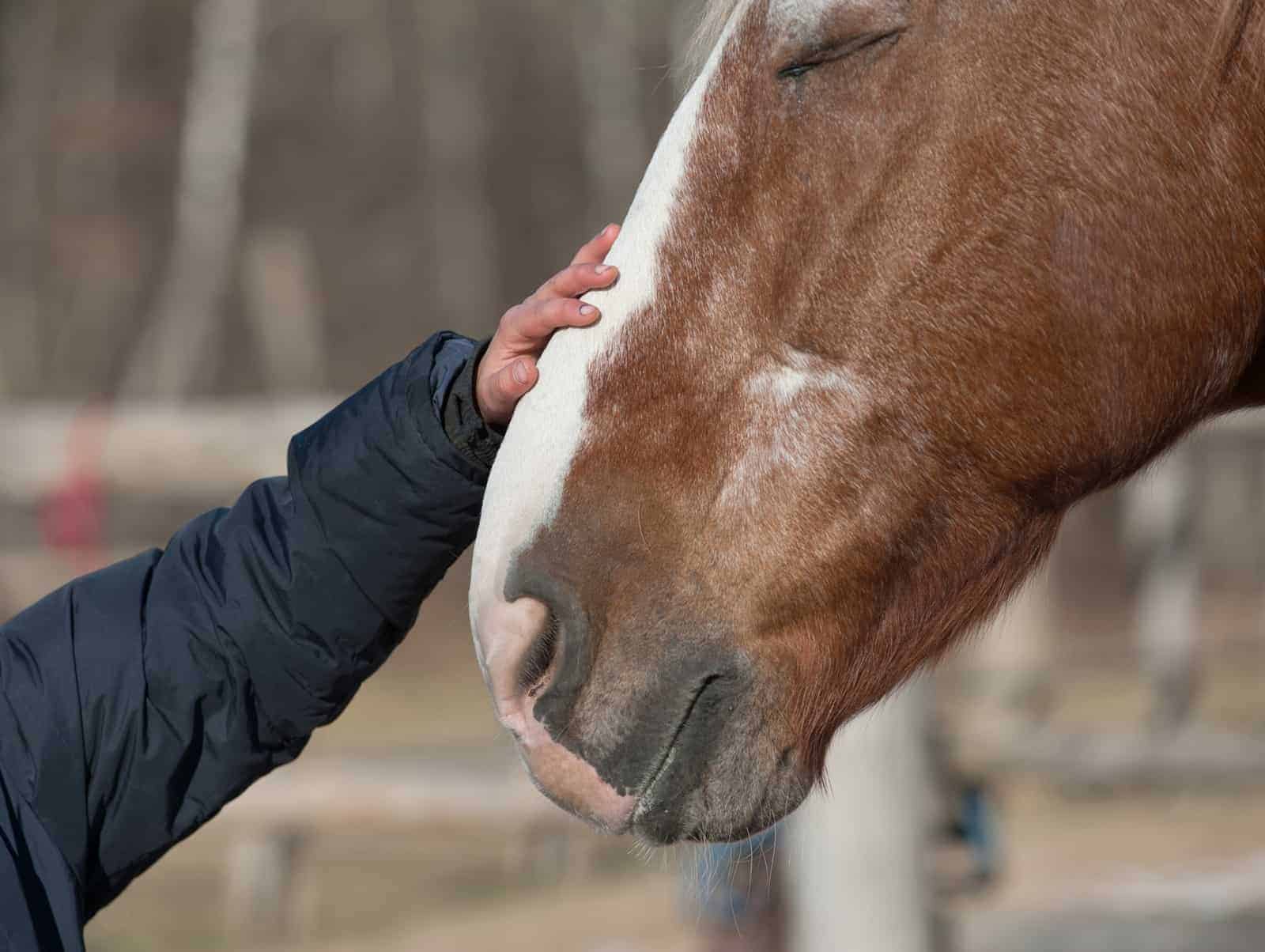Do Children See Signs of Poor Equine Health, Welfare?

To answer these questions and more, researchers recently developed a survey-based test for people under age 18. They found not only that their test worked well in their pilot group of children and teenagers but also that these young people recognized signs of poor welfare in common training practices as well as adult experts.
“Youth are a large part of the equine industry, but they’re often overlooked when researching horse welfare issues,” said Brandon Rice, MSc candidate at Purdue University, in West Lafayette, Indiana. “It’s important for us to understand how these youth interact now, to anticipate how they’re going to interact with horses in the future as the next generation of industry professionals.”
Rice discussed the results of his survey during his presentation at the 2017 International Society for Equitation Science Symposium, held Nov. 22-26 in Wagga Wagga, Australia. In their study, he and his fellow researchers developed a 34-question survey focused on evaluating youth perception and awareness of what constitutes a compromise to equine well-being. The survey focused on the importance of common care and management interactions, as well as assessments of horses in selected videos. It required the respondents to rank the distress level of the horses they viewed in the videos on a five-level scale: not distressed, slightly distressed, somewhat distressed, moderately distressed, very distressed. The researchers chose the videos based on how consistently a panel of experts graded the horse behavior displayed therein
Create a free account with TheHorse.com to view this content.
TheHorse.com is home to thousands of free articles about horse health care. In order to access some of our exclusive free content, you must be signed into TheHorse.com.
Start your free account today!
Already have an account?
and continue reading.

Written by:
Christa Lesté-Lasserre, MA
Related Articles
Stay on top of the most recent Horse Health news with















